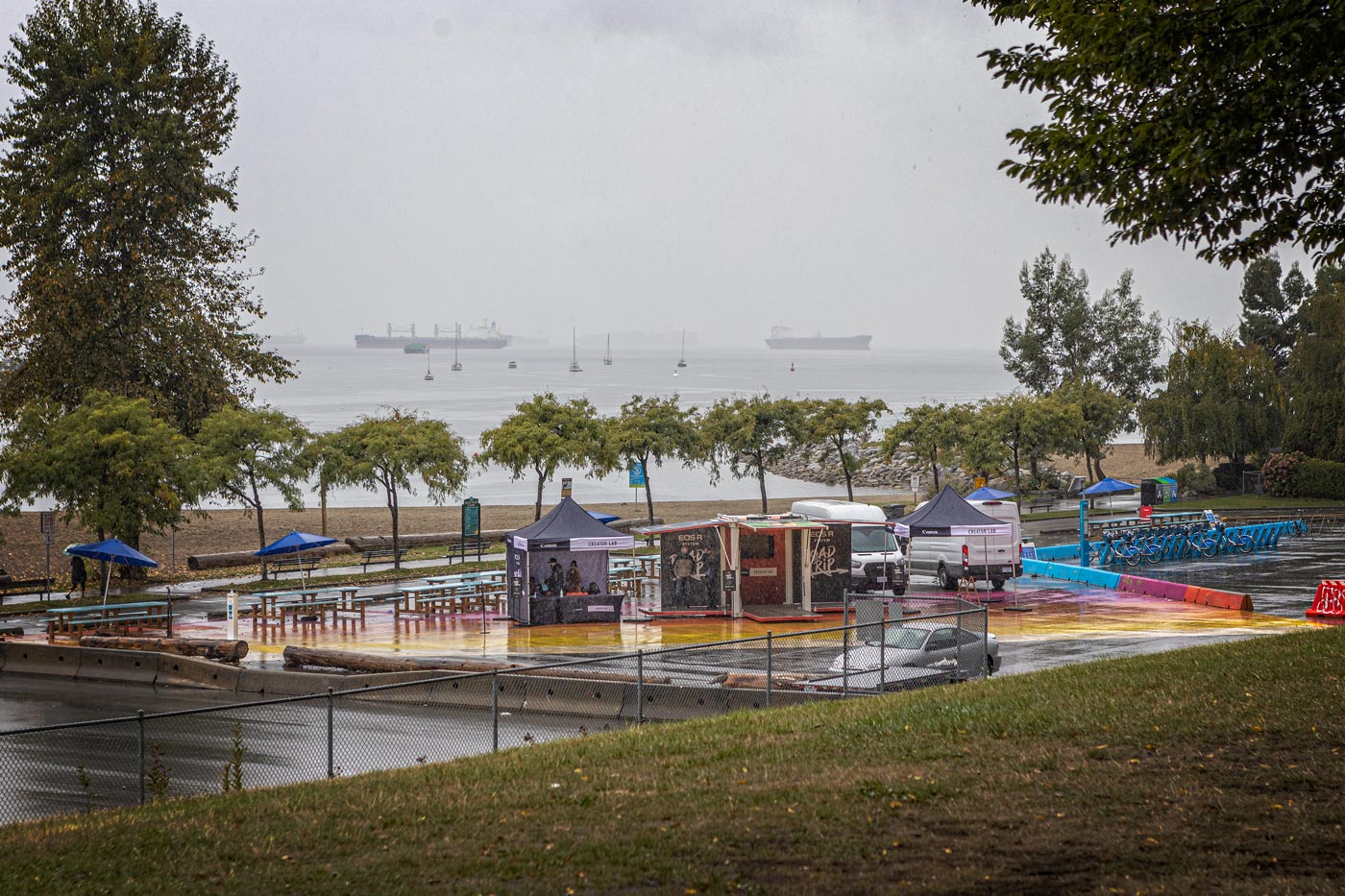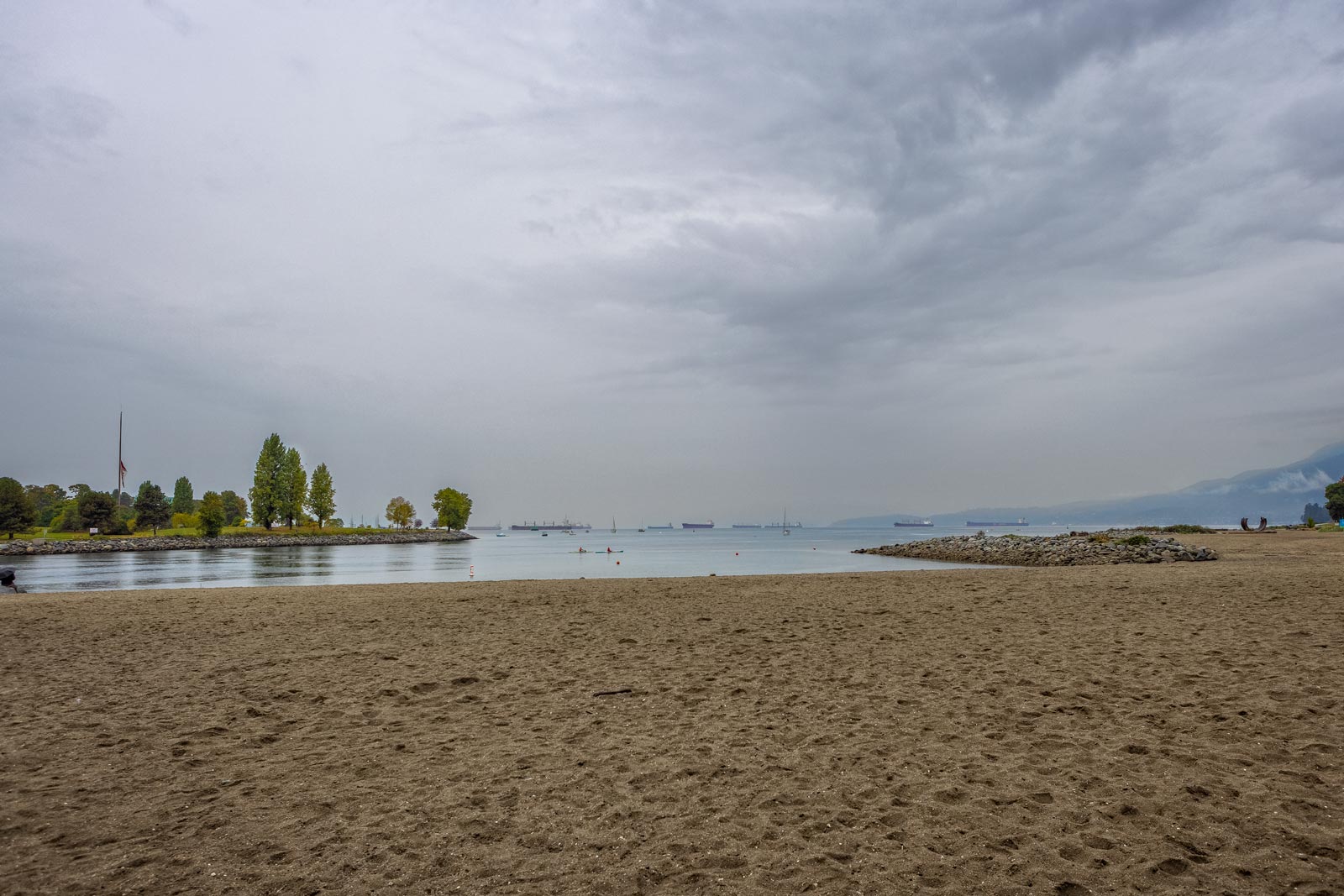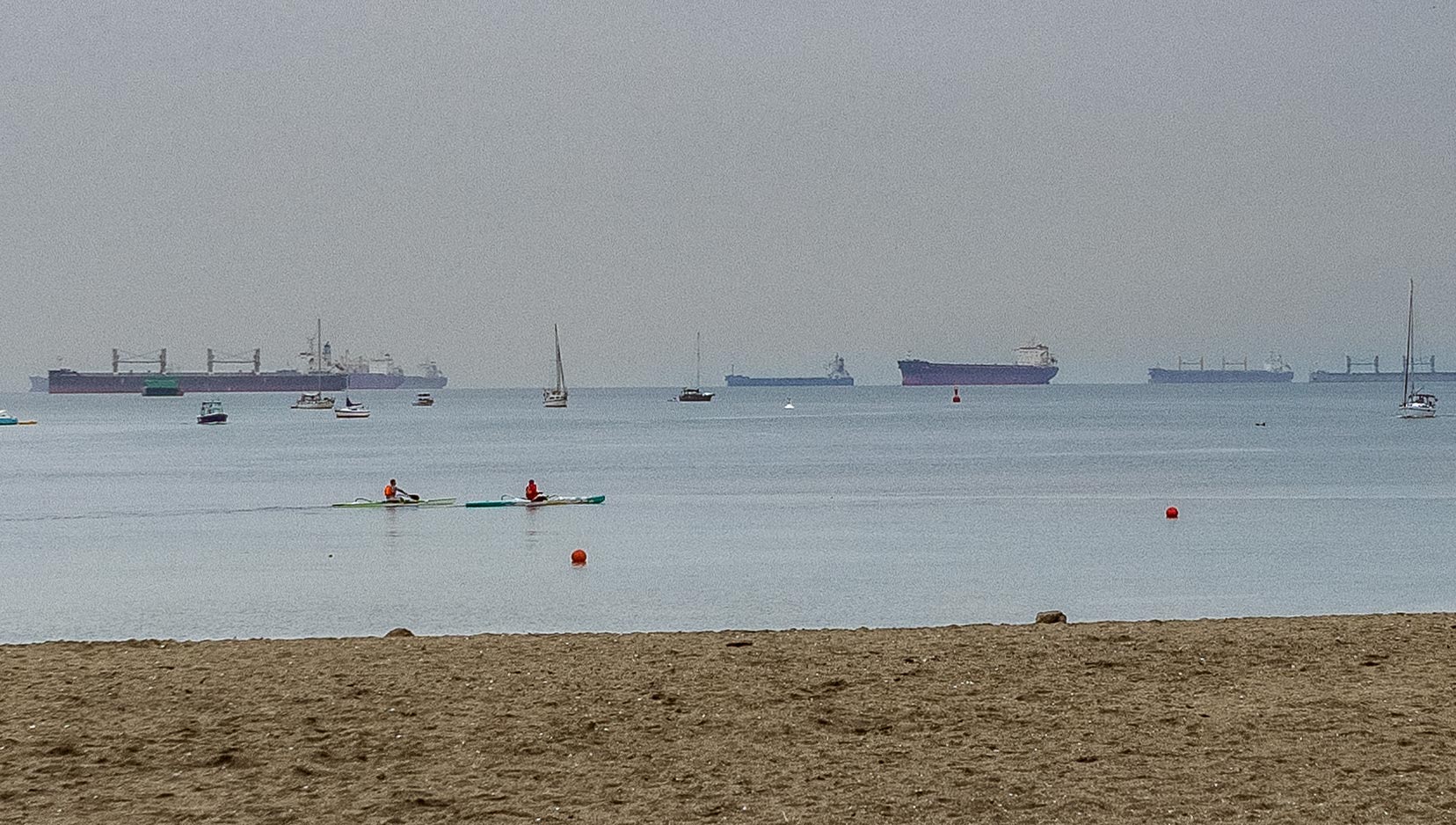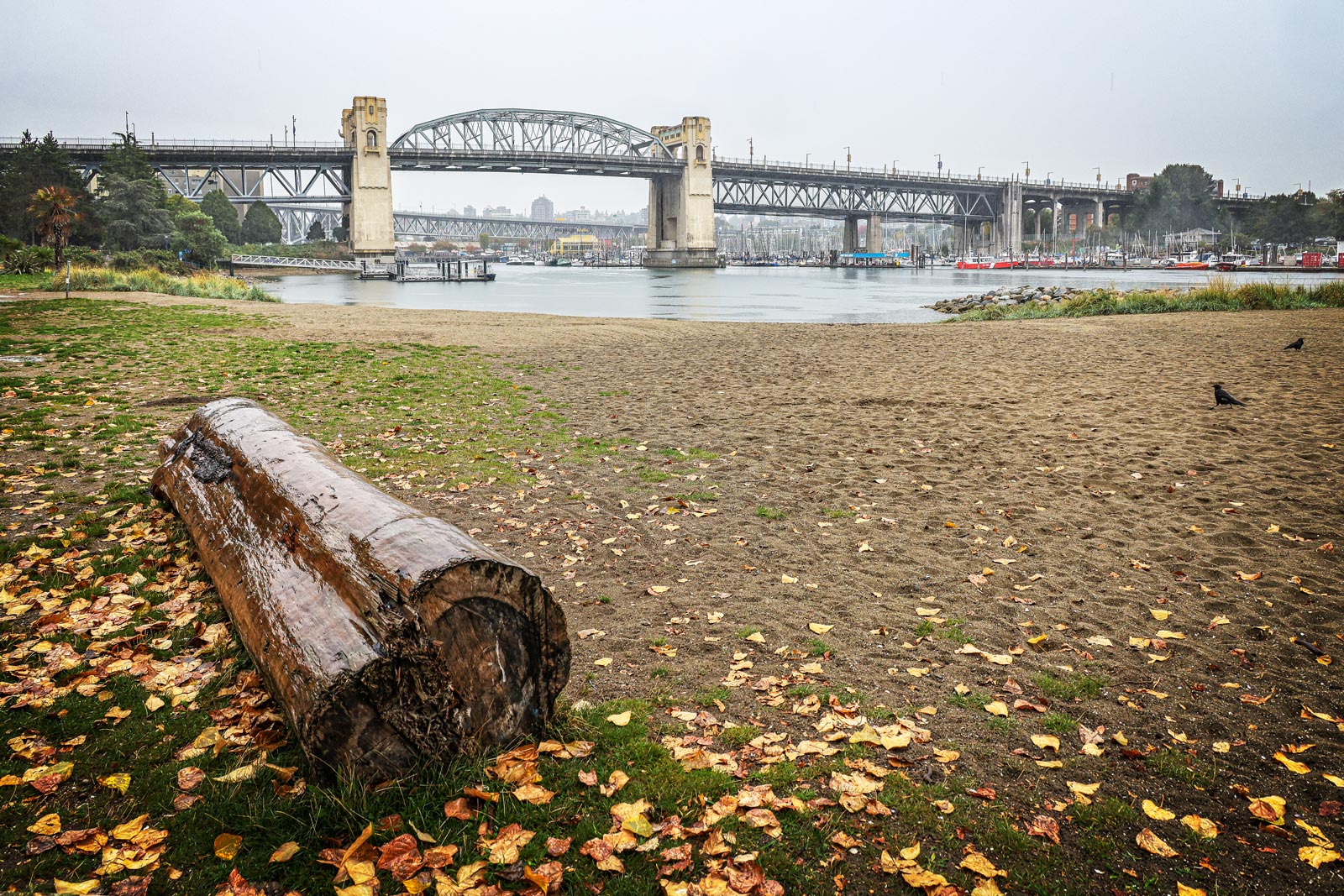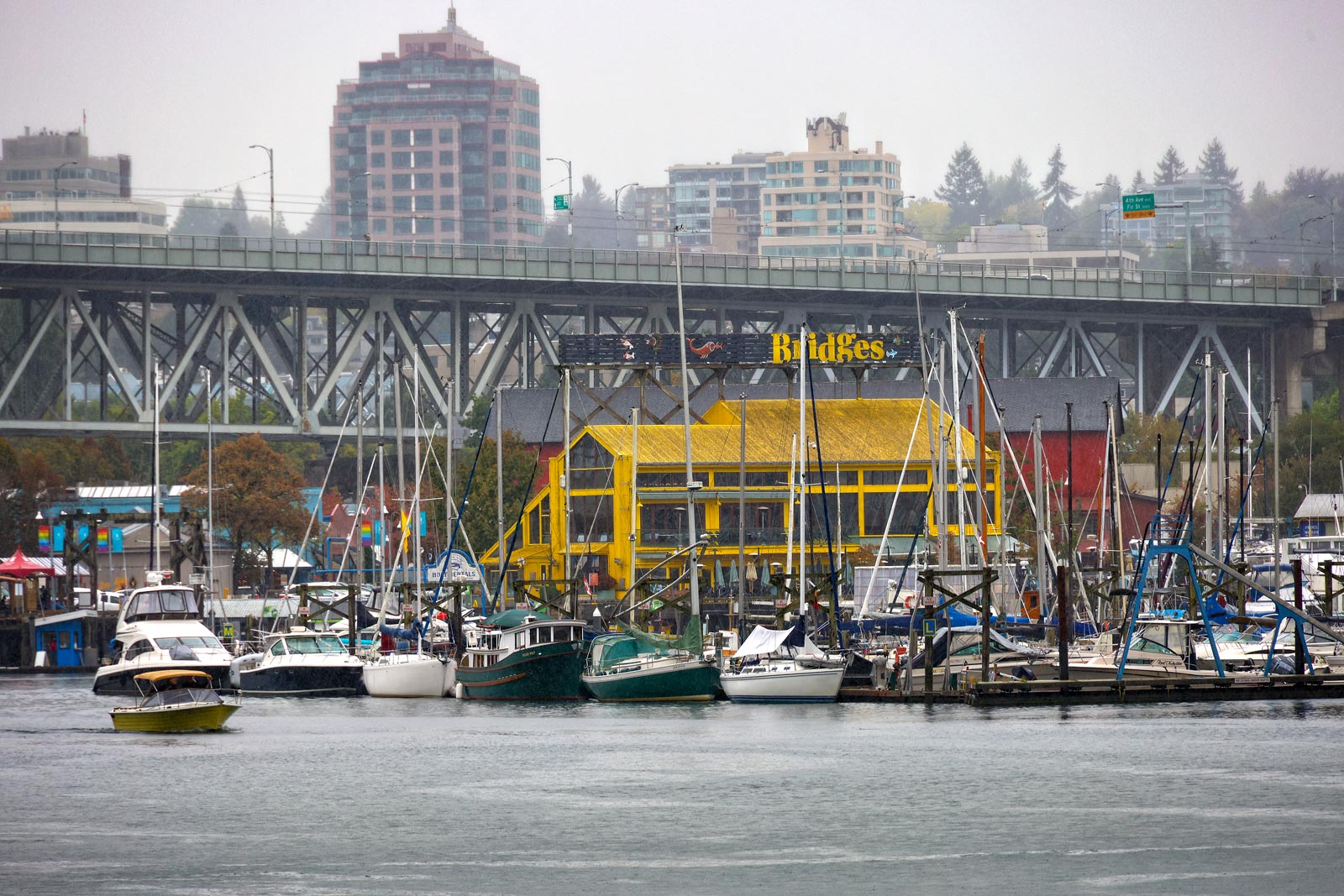It was a rainy day when I attended the EOS R Road Trip on Sunset Beach. They had kiosks set up to protect their gear and lots of tables and chairs which, of course, were not useable in the rain.
What is a Camera?
I have been thinking about cameras today. Well, I am always thinking about cameras, but today, the brain cells are unusually active. Some weeks ago I signed up for the Canon EOS R “Road Trip” to get up and friendly with the Canon EOS R5. Canon was making available R5 and R6 camera bodies and RF lenses for people to handle and use for an hour or so. These were the latest mirrorless cameras from Canon which I had been reading about and drooling over for months. You had to reserve a time slot with
with the Canon representatives when they came to town and pay a fee to secure your spot. The fee was simply to deter no-shows as the fee was to be donated to a charity.
I had heard and read a great deal about these new cameras but I had not had a chance to handle or operate them. So this seemed like a great opportunity to learn, meet new people, and have fun at the same time. I have the Canon R, a great camera, but since it was released Canon have come out with the R5 and R6 which are more advanced cameras still. They have features which interest me such as dual card slots, in-body stabilization, and, in the R5, a much higher resolution.
So today, as you might expect in Vancouver, I awoke to rain. However, I made my way down to Sunset Beach where Canon had set up a couple of tents and tables and had several of their people to talk up their cameras. It was raining lightly all the while but that did not deter me. I am not afraid of the rain and these new cameras are supposed to be waterproof. I had a great time! I played with an R5 body with my own EF 24-70mm f/2.8 lens mounted on it and later I took pictures with it and a Canon RF 18-240mm lens which has an insane optical zoom range.
Some of the pictures I took are included here but when discussing camera bodies pictures are somewhat pointless because they are a function of the lens. However, there is something to be learned.
This image of English Bay from Sunset Beach was taken with my EF 24-70mm f/2.8 lens on the R5. The day was grey and the rain was constant but not heavy. I was pleasantly surprised by the warmth of this image.
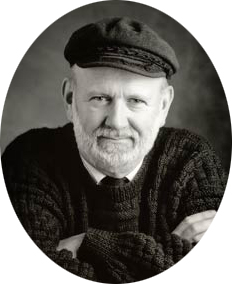
I loved the camera. Most notably, I liked the silky smooth controls, the quick focus and the silence of the shutter. And then there was the in-body stabilization. Really sweet! This feature would mean that all of my legacy Canon lenses I like to shoot with would have some degree of stabilisation. That is very appealing.
Of course this got me to thinking about buying one of these marvelous cameras and that is what led me to thinking about cameras more generally. Did I need this camera and what would it benefit me to have it.
I have to be careful here because I suffer badly from GAS (Gear Acquisition Syndrome). I love precision machinery of any kind and cameras surely fall into that category. I find pleasure in just possessing and handling camera gear. But a new EOS R5 costs something north of five thousand dollars so I really have to think long and hard before buying one. What would make this camera worth that much to me?
This image is taken with the R5 and the RF 24-240mm f/4-6.3 lens set to 24mm at f8.0. The image is very pleasing with acceptible sharpness corner to corner. This is not an L lens and, as you would expect in a lens with this zoom range, the corners do break down a bit and there is evidence of color fringing. But you have to look pretty close to see it.
I have my Canon R and it is a great camera and a better photographer than I am or possibly ever will be. And it is not the only full frame camera I have. There is my 5D Mk II which is still a wonderful machine that takes excellent pictures. So what do I gain with the R5? In terms of my photography, nothing. Yes, it has features that would be nice, would make my photography easier, but I can compensate for the shortcomings of my present equipment with little difficulty. I shoot film with seventy year old cameras and create beautiful images for heaven’s sake. How much more can I do with my EOS R? There is no question that the R5 would not make better images. It would simply make taking them easier.
Here is the thing: art is not created in a camera, but rather, it is created 6 inches behind the camera. Until I have become a better photographer than my current camera, until I feel it is limiting my creativity, I do not need to upgrade it, as much as I may want to. A camera is simply a tool to record images like a paint brush is a tool to create paintings. There is no more to it than that. And if the old paint brushes still serve their purpose why replace them.
We cannot lose sight of the fact that the camera is a means to an end: the photograph. It is a means of creating beautiful images. I have done that with a Brownie Hawkeye or a Canon Demi. Each camera creates pictures with their own unique challenges and limitations which one must learn to work with. Take the Brownie Hawkeye for instance. f/17 at 1/30th of a second. The only variable is the film speed. You have to work around that by use of a light meter and the time of day. You must also chose subjects that will benefit from a lens that dissolves as you move out from the center of the image into a swirl of beautiful lens defects. It is not the camera that creates the perfect image: it is the photographer who has to weave these limitations and defects into an artistic creation.
The camera is a fancy paint brush, a modern means of making marks on a piece of paper. It is no more than that. Henry Fox Talbot sitting on the shores of Lake Geneva wanted to find a way to have nature use its own pencil to record the scene on paper and save himself the work of sketching what was before him. The camera as we know it is the modern “nature’s pencil”. It is a means of putting marks on paper.
New cameras like the EOS R5 make the process easier for the photographer in some ways but often more difficult too. Capturing a rose in a dreamy swirl of colorful clouds of color can be very challenging with a lens that is so sharp it counts the hairs on a spider’s back. Creativity lies in the photographer knowing his equipment, having an image in mind, and weaving the strengths and weaknesses of his camera and lens to create his vision. It may sound grandiose but it is simply the day to day reality of a creative photographer.
Using the same camera and lens but set to 240mm at f8.0 the image is again very pleasing. The image stabilization in the lens combines with that in the body to hold the image in the viewfinder almost completely stationary which is amazing for a 240mm lens. This is a great walk around lens and one I think I will have to acquire. It may not be perfect but, then all of photography is compromise.
In acquiring new gear that will cause financial strain in the pocket book, one must keep in mind the advantages to be gained. It is the incremental advantage to be obtained over existing equipment that should be the deciding factor. Increase in utility must be set off against the cost to be incurred. On that basis, no new camera for me for now as much as I would enjoy it.
Having said that, there is nothing wrong with enjoying new gear if the cost is acceptable to the buyer. A rich man may indulge his desire to possess the newest and best where a struggling artist must be more parsimonious.
So what would make me a better photographer? That is what all the camera gear is about: to be better than I was yesterday. The answer does not lie with more gear. I have an amazing array of cameras and lenses available to me. What I need to do is double down on my knowledge and technique. I have to take more pictures, read more books, watch more videos. I have to practice my art. It is a dull answer unfortunately but it is the truth. Practice the art. Practice and learn. And one day, when camera prices come down, or I sell some gear, or I win the lottery, then maybe …… no. Forget that and concentrate on the art. There is so much to learn on this side of the R5.
This website is the work of R. Flynn Marr who is solely responsible for its contents which are subject to his claim of copyright. User Manuals, Brochures and Advertising Materials of Canon and other manufacturers available on this site are subject to the copyright claims and are the property of Canon and other manufacturers and they are offered here for personal use only.

